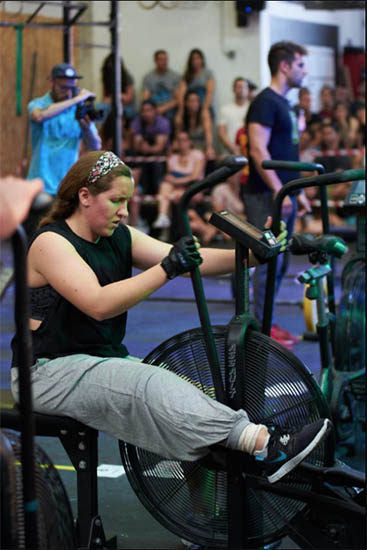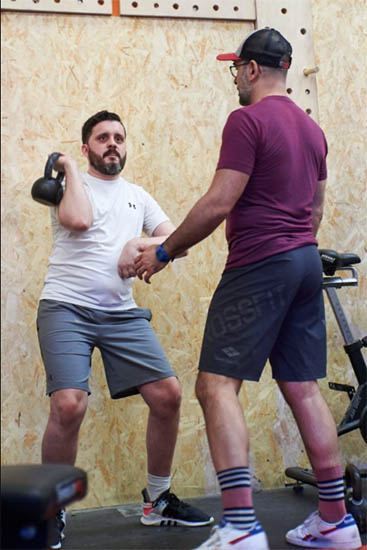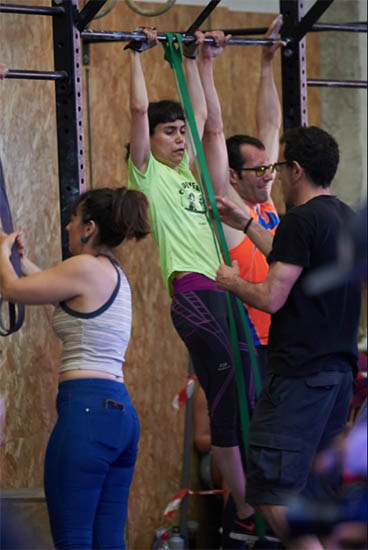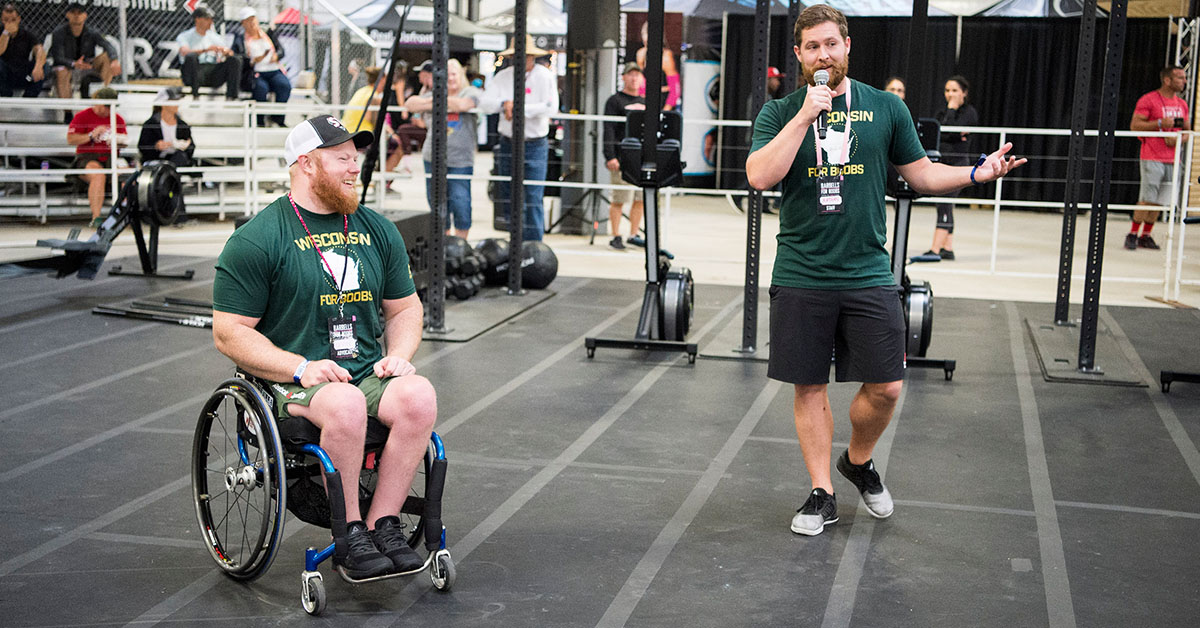ATHLETES WITH FUNCTIONAL DIVERSITY THAT CRUSH ALL TRAINING BARRIERS
“YOU CAN ALSO DO CROSSFIT!”, THIS IS VERY OFTEN WHAT WE ALL END UP TELLING OUR FAMILY AND FRIENDS EVERY TIME THEY ASK US ABOUT OUR FITNESS LIFE; AND WE JUST HAPPEN TO BE ABSOLUTELY RIGHT.
We are adults, teens, kids, elderly, pregnant, injured. Training is for everybody and we can all enjoy and feel its benefits. CrossFit adapts to all of us, and this is how Crossfit’s official website puts it:
“Todo el mundo puede hacer Crossfit sin importar su edad, sus lesiones o su nivel de fitness. El programa se modifica para cada persona para ayudarla a estar más sana y en forma de manera segura. Ancianos como atletas Olímpicos pueden ejecutar versiones modificadas del mismo entrenamiento general.”
We all accept the challenge that every WOD presents us with but some within our community accept an even greater challenge. We share WODs with athletes with functional diversity (physical or mental): trauma, injury, sensory problems, congenital disorders, cerebral paralysis, Down Syndrome. They train as hard but never, ever, complain.
What is Adaptive Crossfit?
Adaptive Crossfit is the adaptation of all the Crossfit exercises and WODs to athletes with physical or mental disabilities, regardless if those are permanent or not.
To dig a bit deeper on this inspiring topic, we reached out to “Limited Edition Athletes” (LEA), a non-profit organization that empowers individuals with functional diversity, helping them practice sport, specially CrossFit.
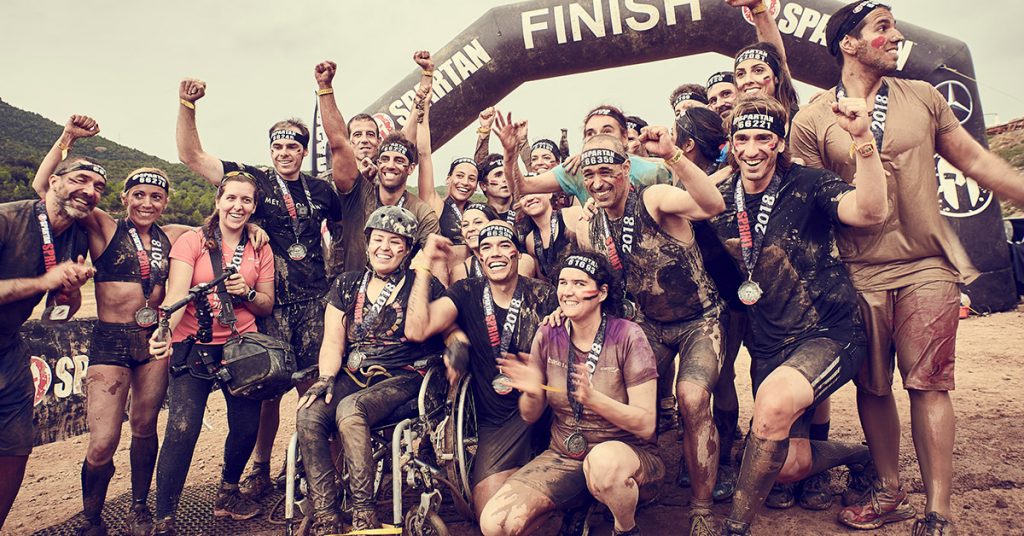
How does Limited Edition Athletes work?
LEA is packed with sport professionals, volunteers of different disciplines and athletes with functional diversity who work together in making Crossfit more inclusive.
- Adaptation: LEA investigates and designs workouts adapted to all kinds of athletes.
- Training: through the partnership with different boxes, LEA offers at least one specific Adaptive Crossfit session per week in a growing number of locations.
- Education: LEA have developed theoretical/practical content and guidelines for trainers and volunteers to help them tackle the different types of adaptations. They also consider other important issues such as safety or athlete-volunteer relationship.
Inclusion is the answer.
“When an adapted athlete comes to a box, the coaches usually offer them personal training sessions or special workouts, excluding them from the rest of the class” says Marc Gil, founder of LEA and adaptive crossfitter. “The main problem for adaptive athletes is not to find adaptations for their workouts, it is to feel themselves included in the regular sessions and to have access to what is considered normal.”
LEA helps adaptive athletes accept their “new normal” and programs specific adaptive CrossFit sessions for them, but its most relevant work is helping boxes and coaches understand the needs of the adaptive athlete better and give them tools to include them more in their regular classes.
How can you help?
Spread the word and train with everyone without exception!
You can also support LEA by becoming a volunteer or making a greatly helpful donation here.
